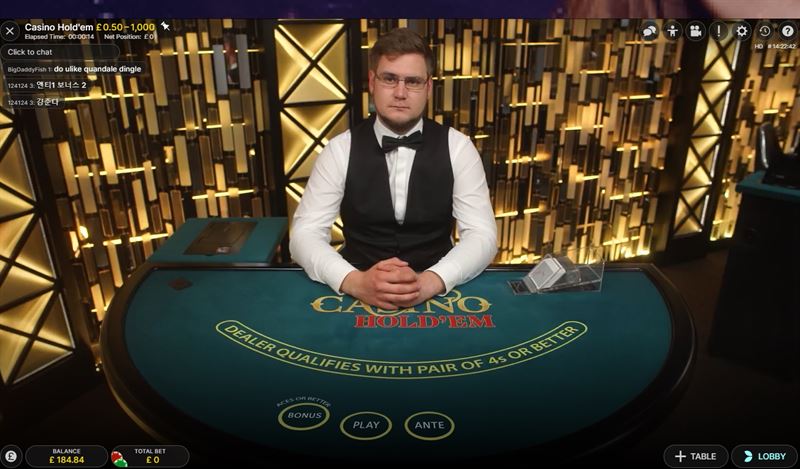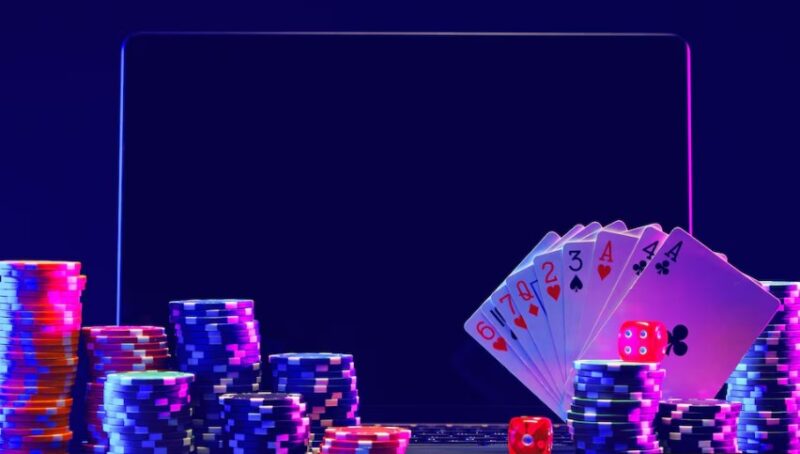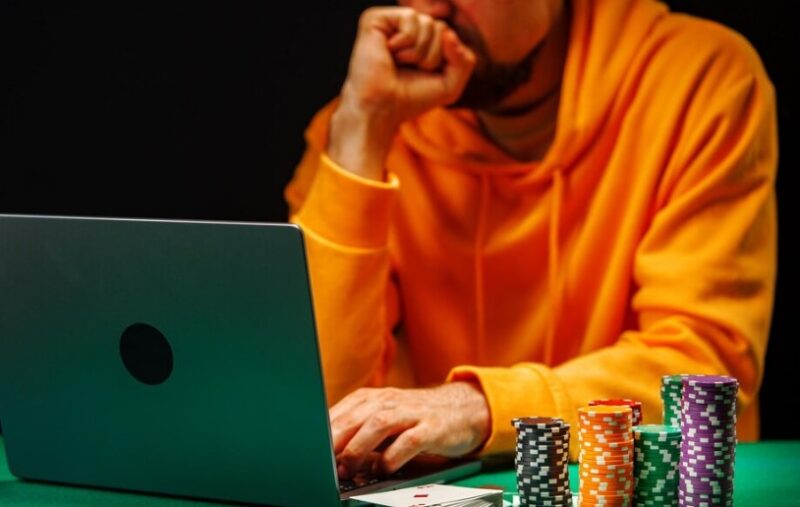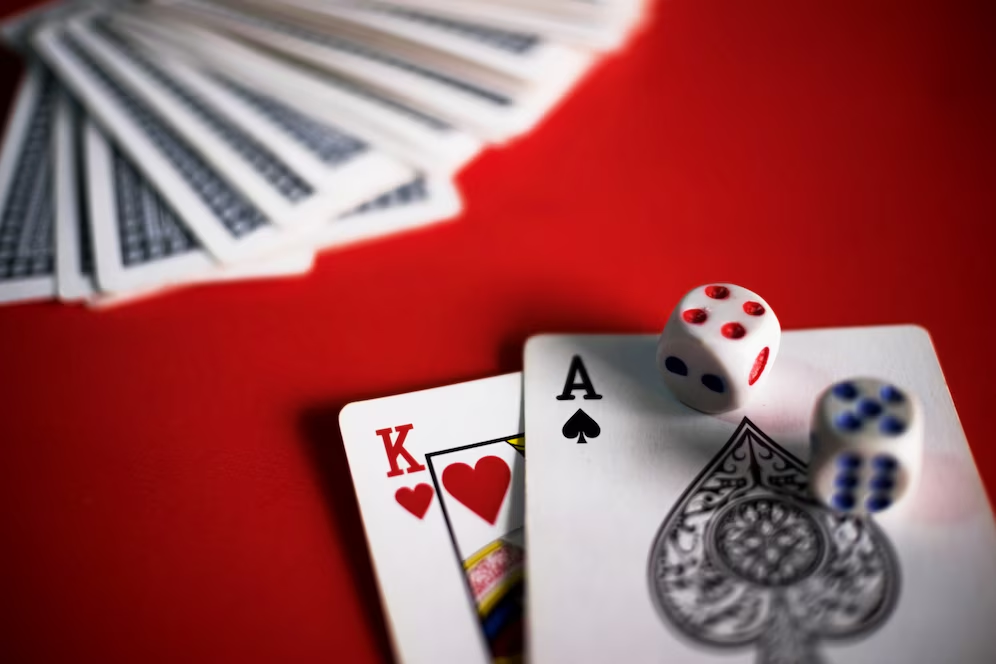Poker isn’t only about cards. It’s about people, reactions, and psychology. The real winners read the table—not just the board. They catch the small signs that others ignore. Poker tells aren’t myths. They are real. And if you know how to spot them, they become a weapon.
Key Highlights
- Poker tells offer insight into a player’s confidence, fear, or uncertainty.
- Most valuable tells come through repeated patterns and subtle changes in behavior.
- Live poker tells often include posture, breathing, and hand movement.
- Online poker tells show up in bet timing, frequency, and action speed.
- Verbal cues and table presence reveal more than scripted strategies.
- Effective use of tells sharpens decision-making and increases long-term profit.
What Poker Tells Really Reveal

Tells are physical or behavioral shifts that give away information. Some players freeze when holding a strong hand. Others fidget when bluffing. These signs are often subtle, but they speak volumes to anyone paying attention.
Not every twitch means something. But when a behavior repeats across multiple hands, it starts to build a pattern. That’s where the value lies—not in isolated gestures, but in habits that surface under pressure.
The most reliable tells are unconscious. Players don’t know they’re giving something away. That makes them hard to fake and powerful when spotted.
Live Poker: Watching the Body, Not Just the Hand

Physical tells remain the most recognized form. Some are obvious. Others require repetition and time to interpret correctly.
A few common physical tells include:
- Sudden stillness after betting – often means they don’t want to interfere with a bluff.
- Unnatural chip handling – fingers fumbling or freezing mid-movement can expose anxiety.
- Heavy breathing or visible pulse – usually involuntary and hard to fake under pressure.
You need to look beyond the surface. A confident player might use stillness to fake strength. But if they’ve shown this same stillness with strong hands before, now you know it’s real.
Position matters too. Someone leaning forward pre-flop might be ready to act. But are they leaning in every time? Or only when their cards are strong?
Betting Behavior Is More Important Than Facial Tells
Poker isn’t about reading faces—it’s about reading actions. How players bet reveals more than how they look. Fast, confident bets on the flop may show strength. But if that same speed appears during every bluff, the signal reverses.
Players speak with their bet sizes. Some overbet to intimidate. Others underbet to keep the pot small. The meaning shifts based on who’s betting and the situation on the board. Watch how they handle strong hands. Do they trap or raise big? Do they protect or chase?
One session won’t show you everything. But over time, betting rhythm becomes your guide. Combine it with how they carry themselves, and you gain a major advantage.
Online tables remove the visual element, but they open the door to other tells. On platforms like Royal x Casino, where players enjoy poker and real-money casino games, tells shift toward speed and pattern recognition. The delay before a bet, the snap-check after a missed flop, or the sudden overbet on the river—all reveal something. And with regular exposure to players on sites like Royal x Casino, you sharpen your sense for digital patterns that mimic real-world pressure.
Verbal Tells and Table Talk
Speech creates distraction, comfort, or disguise. In most cases, what people say is less important than how and when they say it.
A few patterns to listen for:
- Someone saying, “Well, I guess I have to call,” may be stronger than they admit.
- Over-explaining a hand, especially unprompted, can signal insecurity or bluffing.
- Sudden silence after a big bet, particularly from a chatty player, stands out more than any phrase.
Listen for changes. If someone always talks through a hand, then goes quiet on the river, that silence means something.
Online Tells: Yes, They Exist

Online poker changes the language of tells, but not the concept. You can’t see someone’s face, but you can track how they behave.
A delay in acting says more than most players realize. Quick folds often mean disinterest. Long pauses before small bets could signal indecision or fake strength. Pay attention to who always checks fast and who always hesitates.
Timing matters. So does bet sizing. And in some cases, chat use can be a tell too. Players who tilt may type more. Players who go silent after losing a big pot might be emotionally out of balance. All of this adds up—if you track it.
Good players don’t just track cards. They track behavior, time, flow, and emotional control. That’s how they win online.
How to Use Poker Tells Without Guessing
Tells are not magic. They’re tools. Use them as added weight in your decisions—not as the only reason to act. Misreading a tell costs you more than ignoring it.
When you’re unsure whether to call, and the player looks nervous in a way you’ve seen before, the tell helps. When someone bets oddly and it fits a known bluff pattern, it supports a raise.
But tells work best with good poker sense. They complement strategy. Never replace it.
Don’t forget to mix in your own misdirection. If you know what others are watching, you can feed them false signals. Stack chips nervously when holding the nuts. Act casual after a bluff. The best players don’t just read—they perform.
Common Pitfalls in Reading Tells
Too many players turn tells into traps—for themselves. Reading too much into one movement or phrase can lead to disaster.
Here’s what not to do:
- Don’t rely on a single cue. One raised eyebrow isn’t a green light.
- Don’t assume everyone behaves the same. Player personality matters.
- Don’t ignore context. A sigh after three all-ins plays differently than a sigh at a new table.
Tells only help when tied to previous behavior. If there’s no pattern, there’s no truth behind it.
Train the Skill—Don’t Hope for It
Reading tells takes time. You won’t master it in one night. But you can sharpen your observation with every hand.
Replay old hands in your head. Think back—what did they look like? What did they say? How did they move chips? What happened after? You’ll begin to see patterns you missed in real-time.
Watch pro footage. Mute the commentary. Just watch the players. Body language, hand movement, posture—it all tells a story. Your job is to notice what others miss.
Over time, your instincts get faster. Your reads get sharper. And your edge becomes real.
Final Thought

Tells won’t win every hand. But they win the hands that matter. When the margin is thin and the decision could go either way, the player with the better read often comes out on top.
Don’t rely on tricks. Don’t fall for bluffs disguised as twitches. Watch, remember, adjust. Use the signs to support your strategy—not define it. The edge is there for those who pay attention.
And remember, every player reveals more than they think. You just need to learn how to see it.

